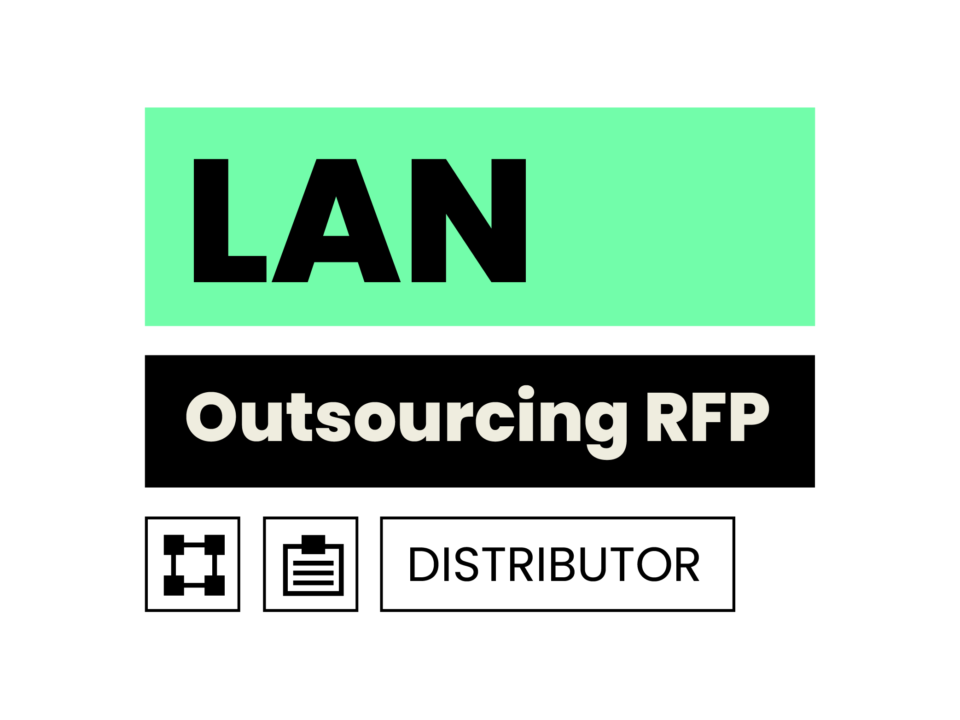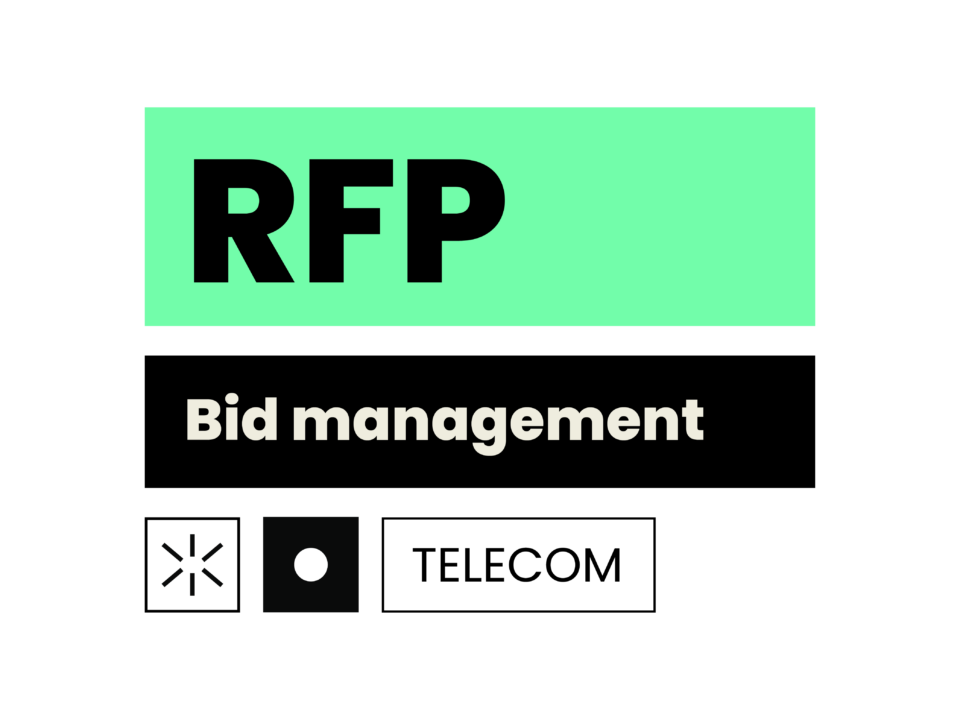Revving the payroll engine
Fuelling decision-making for IT investment at HR service provider
01. Question
Belgium is a unique country in many ways, and payroll is no exception. Navigating the complexities of payroll management can be a herculean task that most organisations wisely choose to outsource to a specialist HR service provider. The beating heart of these organisations’ IT infrastructure is a so-called payroll engine. This pivotal piece of software handles all things payroll, most notably salary calculations for the end customers’ workforce.
The client in our case study is one of these leading payroll service providers, facing a tough investment decision regarding their old payroll engine. Originally built back in the late ‘80s on mainframe systems, support for their ageing legacy environment is expected to end within the next decade. At the same time, maintenance and continuous updates of a platform approaching its end-of-life stage demand in-house knowledge and specialist programming skills that are becoming increasingly scarce. This begged the question: should our client continue to invest in a dated platform for as long as possible, start developing a new payroll engine from scratch, or look elsewhere for an alternative long-term solution?
At first glance, delaying the investment might seem like a tempting option. Replacing the current engine was not a pressing matter, since the legacy platform is holding its own and should continue to do so for the foreseeable future. Immediate returns for a brand-new platform are low. However, there’s a cloud of uncertainty hanging over future technical support. A last-minute investment in a new engine would imply a significant financial burden that far exceeds the organisation’s annual investment budget.
To chart the smartest path forward and bring clarity to the business implications of each possible investment avenue, our client got in touch. While a complete engine failure was still a few years down the road, our mission was to give it a tune-up before it began to sputter.
02. Process
To kick off our strategic exercise, we assembled a trio of our consultants to team up with the client’s key stakeholders and experts to form a strategy squad. Our role as strategic advisors was to pave the way and present the client’s board of directors with practical scenarios to move forward. For this, we applied our trademark Addestino approach.
In stage one, our team set to work to dissect the inner workings of the client’s payroll engine. Looking under the bonnet, it became evident that the gradual addition of features had given rise to a multifaceted, yet complex engine that extended well beyond the typical core features found in commercially available payroll software.
We assessed the pros and cons of various components in use across teams and end customers, sifting through them to prioritise business critical and less urgent components that compose a payroll engine. To give just one example: the core salary calculation module was deemed far more critical than the calculation tool for meal vouchers, as the latter only applied to a smaller percentage of organisations.
We identified a few dozen distinct building blocks that made up the payroll engine and presented this first-time view through our signature map of the world. It provides a comprehensive 360-degree understanding of the current situation by assessing the impact of functional blocks on users and end customers. This type of analysis was a first for our client, and it marked a crucial starting point for further analysis and decision-making. We also went a step further to piece together the full picture by charting every coupled application and consolidating additional expertise scattered across client teams. This helped us to define the role of the payroll engine in the entire end-to-end process. Additionally, we took a closer look at the external market through competitor analysis, assessing possibilities for potential joint development of a new payroll engine, alongside the associated risks and opportunities of purchasing an external one. This way, we were able to present a holistic overview of the existing situation.
In the second stage, we explored different buy and build scenarios, based on an ideal future architecture. Migration paths for a newly built internal engine versus an externally purchased one would differ significantly. A ready-made payroll engine offers a faster migration path for core functionality, but it will lack features and require new connections with other external tools and services. We carefully weighed in the relevant factors and calculated associated cost models.

03. Insights
It soon transpired that there were multiple viable scenarios on the table, though each with significant financial implications and risks. Posing simple questions on a complex set of circumstances rarely leads to a straightforward conclusion, and this case was no exception. To back up our findings and aid the decision-making process, our team ran several proofs of concept.
It was determined that the purchase of an external payroll engine was unfeasible, due to their lack of features that made our client’s payroll engine so valuable in the first place. Missing features implies an increased manual workload for employees. The integration of an external payroll engine and the migration of existing customers were deemed too costly and time-consuming, without covering the full scope of the client’s current payroll engine. Building on this, we estimated migration costs for alternative strategies, including building a new payroll engine from scratch and a gradual phase-out of the existing engine. For these scenarios, we laid out a step-by-step roadmap that aligned with the client’s investment budget, ensuring a realistic scenario with minimal disruption while derisking potential uncertainties.
04. Results
Our analyses helped the leadership team and board of directors to reach a consensus on the right way forward. Additionally, we crafted a comprehensive strategic roadmap. The choice was made to gradually modernise the ageing payroll engine by systematically migrating functions and activities to a more modern stack, while taking care to minimise double maintenance costs and both external (customer data integration) and internal (employee-facing) changes. This migration track involved gradually phasing out outdated building blocks and replacing them with new ones. Maintaining data accessibility throughout this transformation is of utmost importance. This gradual evolution of the payroll engine will result in a fully modernised system.
While the case is highly unique within a very particular Belgian payroll calculation context, the associated business challenges are applicable across almost any sector. Overcoming inertia remains a classic management challenge when it comes to digital transformation, and rightfully so. One avenue might lead organisations down a lengthy road to an eventual dead end if they stick with their functional yet outdated legacy infrastructure. On the other hand, the abyss of the sunk cost fallacy looms for organisations that rush into grand new investment initiatives.
This is where our experts shine. We go beyond the mere challenge of strategic IT-driven investments and take into account the bigger picture. Further playbooks and roadmaps help to bring clarity to the strategic puzzle and guide organisations through the ever-changing business landscape.
Want to know more about this case?



